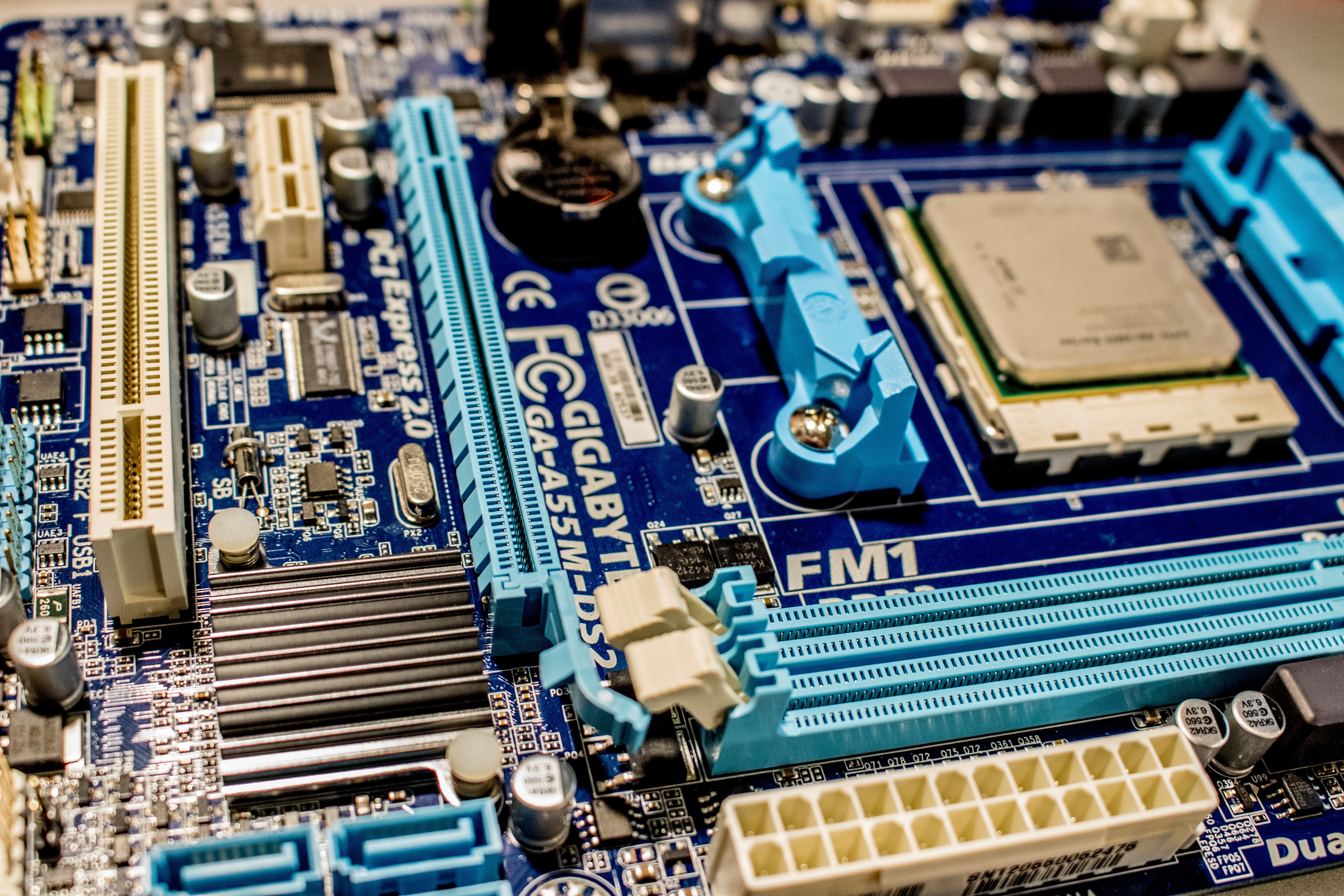
While many of us were locked up in our homes to battle the coronavirus pandemic, a larger number of people than usual sought out new electronic devices throughout the year such as phones, gaming computers, video game consoles, televisions, other smart devices, and more for entertainment. Chip White of Georgia Tech's School of Industrial and Systems Engineering says, "There's an increase in demand for home entertainment, PC sales have risen by 13%, video calling has gone up, so data centers need more capacity and more computer chips." While these purchases kept us sane and connected to the world while we could not be actively involved in the ways we used to be, and while the increase of these purchases led to increased revenue for many businesses, there is also a downside. Starting in early 2020, there has been a shortage of the microchips that these products need to function. Everything from the devices already listed to simple home appliances and cars, rely on microchips. Not only do our devices rely on microchips to function, they are also required to power the online services that we use on our devices. There has long been knowledge that our demand is outgrowing our supply of microchips, but the increased demand for these tech items during the coronavirus pandemic pushed the demand over the limit.
Though many industries are affected by the shortage, (over 169 according to Wikipedia,) you have most likely heard about the chip shortage in relation to the automotive industry. To explain the importance of microchips to the automotive industry, Chip White states that, "Computer chips control the engine, make them more efficient. The navigation system in your car is loaded with chips." Without the normal access to the microchips they normally rely on, automotive companies have had to make sacrifices to be able to meet demand for vehicles. According to an article by CNBC, "Renault is no longer putting an oversized digital screen behind the steering wheel of certain models," and that "Nissan is reportedly leaving navigation systems out of cars that would normally have them, while Ram Trucks has stopped equipping its 1500 pickups with a standard “intelligent” rearview mirror that monitors for blind spots." The shortage of microchips needed by the automotive industry has resulted not only in these changes, but a lack of sales and loss of revenue for many automotive manufacturers. More and more consumers are having to decide whether or not they want to settle for a different car than they wanted, pay more to get the car they want now, or wait until the chip shortage is over to purchase the car they actually want at a more typical price. The shortage has even led to an increase in sales of used cars, raising their prices and pushing many who would turn to purchasing a used car out of the market. The rental car industry has also been negatively affected. According to the car rental business Hertz, in an article by CNBC, the raise in car prices due to the chip shortage has led to them relying on "low-mileage, pre-owned vehicles" that they acquired from auctions and dealerships to meet demands and keep a sufficient number of vehicles in their fleet, instead of being able to purchase new vehicles in bulk at a discount as they did before the shortage. It has been estimated that there will be between 4-8 million fewer vehicles produced this year than on average, with a potential loss of $210 billion in revenue to automotive manufacturers and related companies.
Much of the problem was created by the increase in tech related purchases during the pandemic, but there were other factors that added to the shortage. In 2020, The United States government placed restrictions on China's largest chip manufacturer, Semiconductor Manufacturing International Corporation (SMIC), which forced other companies such as Samsung and Taiwan Semiconductor Manufacturing Company Limited (TSMC), to try to meet demands even though their supplies were already low. TSMC, while attempting to meet growing demands for more microchips, found themselves struggling to do so when Taiwan experienced their worst drought in more than half a century, which restricted their access to the high quantities of ultra pure water required to clean their factories. In March of this year, production of microchips was again halted by a fire at the Renesas Electronics Corporation in Japan, which supplies 30% of the microcontrollers used in automotive manufacturing for the global market. In Texas, rare winter storms led to halted or stopped production for at least 17 American microchip manufacturing companies. Other issues that exacerbated the shortage include the fact that there has also been an increase in prices of copper and other raw materials needed to produce microchips, and the covid-19 pandemic forced the closured of many Chinese shipping ports, which supplies the world with 90% of it's electronics.
While microchip manufacturing companies struggle to meet demands, many experts are weighing in and arguing about when the problem will be over. Brandon Kulik, head of Deloitte's semiconductor industry told Arstechnica, “The shortages are going to continue indefinitely, maybe that doesn’t mean 10 years, but certainly we’re not talking about quarters. We’re talking about years.” Elon Musk, owner of Tesla and SpaceX, believes the problem will not be over immediately, but doesn't see the situation being as long term as others. Musk states, "There's a lot of chip fabrication plants that are being built and I think we will have good capacity by next year." The president of China's largest television manufacturer, Hisense, believes that the issue could last for 2-3 more years. Most agree though that the shortage will continue to cause problems for businesses well into late 2022 to early 2023. There are measures in place and being worked on to combat the shortage, including United States President Joe Biden pushing to invest in American microchip manufacturing. So far, the Senate has passed a bill that will offer tax credits to chip manufactures who aid in the production of microchips. This could still take time though, considering the immense work required to increase production, particularly in creating new factories to create microchips. When speaking of the difficulties involved, Patrick Penfield, a supply chain management professor from Syracuse University stated that, “It’s not like you can just build a plant in 30 days. It takes roughly about 2.5 years.”
